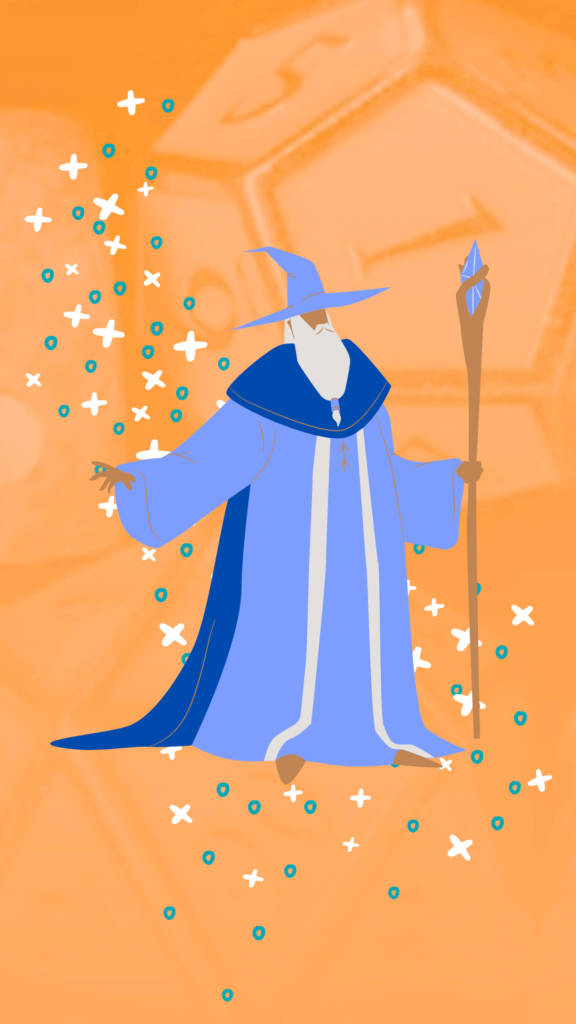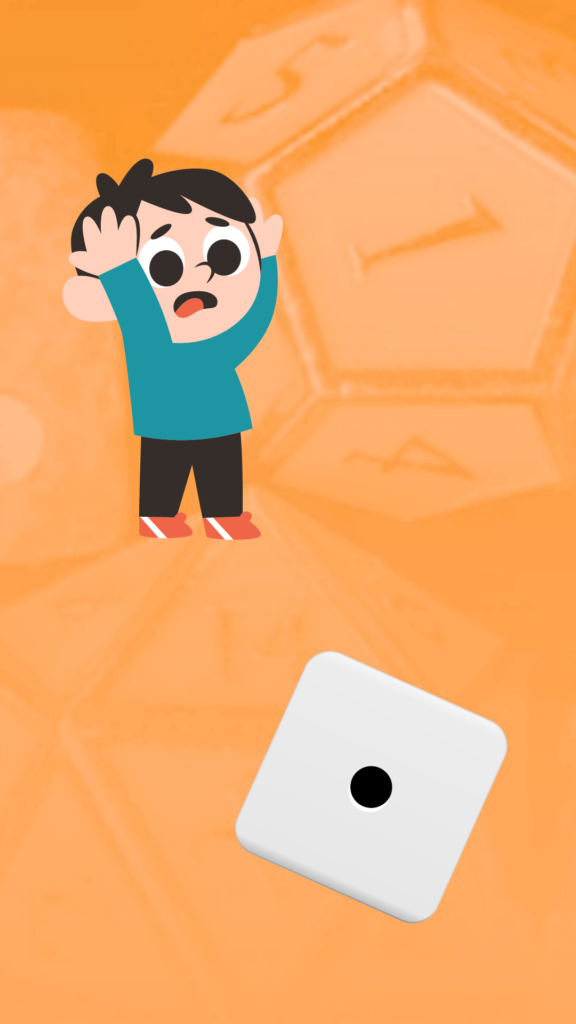Using TTRPGs to teach resilience in life and in school
Jump to:
- What is resilience and why is it important?
- Using the veil of characters
- Modeling from character behavior
- Understanding unpredictability
- Reflection and support
What is resilience and why is it important?
Resilience is how we are able to react to failure or unexpected situations, and it’s learned through practice… i.e. trying and failing over and over and over again until we realize that we can recover, change things in our lives, and will still be OK.
In a world where kids are pressured to get good grades and sometimes have it drilled in that one failure has dire and lasting consequences on their future or they hear adults talking about how dangerous the world is and try to find how not to get hurt or they feel like they can’t let anyone down… it can be hard to try things that have a risk of failure and to practice building resilience.
I’ve seen it in my kid, despite our best efforts. I’ve seen it in the students that I teach when they make a mistake on their project. And I’ve experienced it myself growing up and now trying to build this skill up more as an adult.
I have also seen and felt how TTRPGs help with this skill. They give safe opportunities to practice trying, failing, and getting back up until it eventually translates into real life.
Using the veil of characters

TTRPGs provide a safe place to practice resilience largely because it is played out through the veil of a character and allows players to make decisions that could lead to failure without much risk to the player.
Your choices in the game impact the character, not you directly, so it’s safe to try things out and make higher risk choices because you know that you, as a player, are going to be safe from the actual repercussions of that choice.
There may still be some reservations due to how choices will impact the whole group if you do something wildly off key from the other players, but for situations like choosing to take on an evil lich as a team, knowing that there’s a good chance all the player characters might not walk away, players can make that choice when there’s no way they would make such a high stakes decision in real life.
This can work with social situations and daily activity choices for the characters too, not just with going into a dangerous fight.
A shy player who is afraid to talk to other people at school may be able to have their character speak up about an issue since their character is at stake, not themselves. A student who has a hard time when they don’t get a perfect grade can practice handling not being perfect as they roll below the DC for a skill check during a town festival contest.
Because the consequences stay in the game, players are able to make the choice in the first place more easily than for themselves in real life.
Modeling from character behavior
Another highly important aspect of TTRPGs that teaches resilience is being able to use characters (both player characters and non-player characters) as models of behavior.
While it’s not always the case, I’ve seen a lot of adults (parents, teachers, etc) project this image of perfection to kids where they don’t let them see their mistakes. If a kid has grown up in an environment dominated by adults who project this image of never failing or being wrong, those kids don’t get the benefit of having an adult model resilience for them. They may also hide their failures around their classmates too because of that, meaning that they don’t learn from each other either.
In a TTRPG however, you watch characters constantly fail, whether by poor decisions or the fate of the dice, and then have the opportunity to talk it out, feel the impact (with the player watching in 3rd person), and then heal and continue. This can be through the players characters or the story guide bringing in an NPC who models this for them.
With my kid, we’ve practiced this with so many characters in our games (most notably from previous articles, Sandy the Dragon and Betti the Yeti). I’ve also used this in the college class that I teach; our fictional class engineer hits roadblocks in their career path, and instead of giving up or just staying where they are, we play out how they apply to another job or seek other opportunities.
And the beautiful thing about this all, too, is that you’re at a table where you’re seeing other players deal with that failure openly. Everyone sees the dice rolls or the cards drawn, they groan when something doesn’t go their way, and they figure something else out in front of everyone. It’s through the character that actions and consequences are being dealt, but it is played openly and still models resilience for the whole table.
Understanding unpredictability

Sometimes, when people don’t have resilience skills, they put in a massive amount of effort (like studying nonstop) so they avoid failure at all costs. This isn’t particularly healthy because they not only stress themselves out, but they aren’t prepared for when random chance or something out of their control causes a failure.
This can come in the form of a classmate forgetting their part in a group project or your computer crashing as you set up for a presentation. That could be devastating and really hard to move on from if you have it in your head that you can’t ever fail, even if it’s out of your control.
In TTRPGs though, you deal with unpredictability constantly, and it is on display for all players to see. Critical failures can happen despite the skills of the character and any preparations that the group made or, as a plot point from the story guide, it turns out that Captain Starwind who you gave the keycode to was the traitor the whole time!
It is chaos and mayhem, and it shows that you can’t always plan for everything or make it perfect and that, generally, things still work out. You watch time and again as that random chance plays out, and you can both get used to rolling up those crit fails on occasion and practice getting back up from them through your character. Eventually, it isn’t such a startle when something unexpected happens in real life.
Reflection and support
The last part that I want to discuss with this is how TTRPGs offer both reflection and support when it comes to practicing resilience.
When the game session finishes, I know that I do a bit of a replay on what happened and try to think of how to strategize a bit better next time, what skills or spells to swap out, etc. I reflect on what happened and think about how to improve, not from a stress standpoint, but out of curiosity and strategy… I’m learning from the failures and sticky situations that I encountered in the game and handling it without much stress.
In real life, when my kid is having a hard time, once we resolve it, we walk through this same process. I ask him what he thought happened and how he felt, and we talk about what we want to do the same or different next time. I’ve even compared it to some of our games, and he really seemed to click with that.
It also helps to provide support from other people. In a TTRPG, you usually have a group that you’re playing with, and, as you face challenge after challenge, they’re all there for each other. When a failure happens for one character, the others will most likely help out, and the players should certainly be there for each other regardless of what the characters are doing.
This models for players that they aren’t alone and that it’s OK to get help. Part of resilience is being able to accept assistance when you come across a situation that you truly need that support with too, and it is good to know that, somewhere out there, there are people to back you up.
Thank you, reader, for following along to the end, and I hope this article helps to give you some ideas for incorporating resilience skills into your games or maybe give that little bit of needed motivation to start playing TTRPGs with your kids. If you liked this post, please make sure to subscribe to the TTRPGkids monthly newsletter to stay up to date on the latest reviews, tips and tricks, game and podcast list updates, and more! Thank you for playing tabletop RPGs with your kids and sharing this awesome hobby with the next generation!


